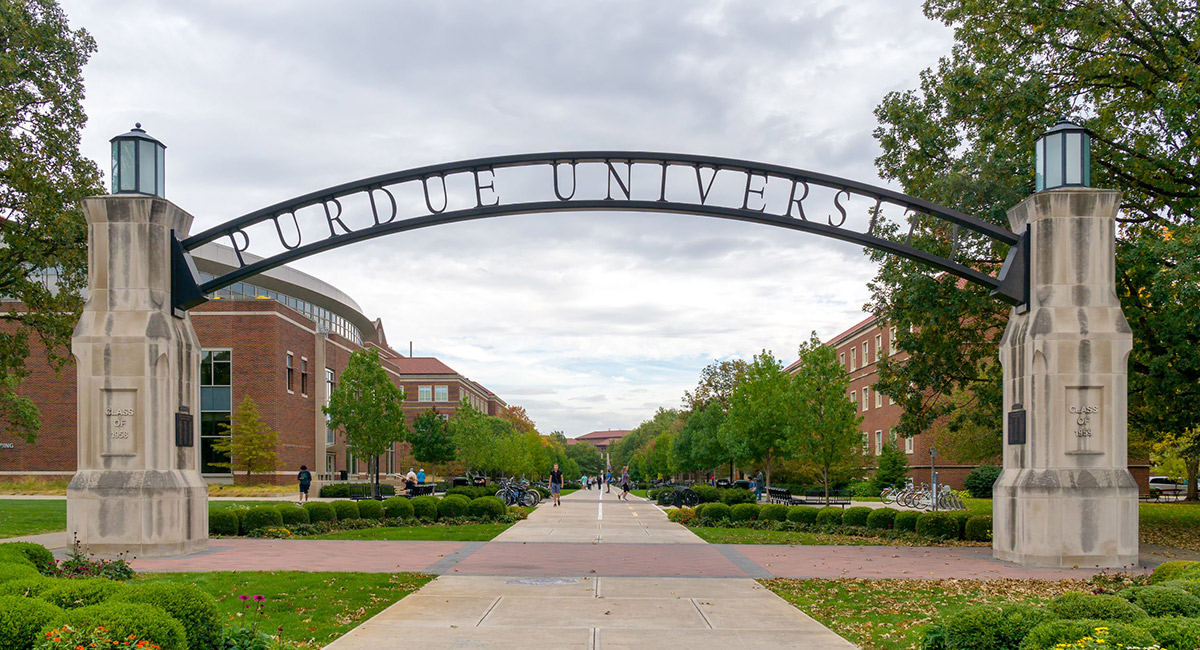Most successful private businesses achieved the goal of increasing their profits by getting bigger. Economists talk about “economies of scale” working to separate the very successful from the struggling middling size competitor. Per unit costs often fall with enhanced firm size. Is the same true in higher education? Are bigger universities also better ones, offering a larger variety of educational services at reasonable prices? Does reputation improve with size? Does the type of university make a difference?
I started my rather cursory examination of all this comparing the five largest four year universities in 1987 with 2018. I looked at the largest flagship campus in states with multi-campus universities. Were big schools getting even bigger over that 31 year period? The five largest in 1987 were all public flagship schools, mostly in the Midwest, varying in size from 43,366 to 62,223 students. In 2018, by contrast the five largest schools varied in size between 79,112 and 121,437, roughly twice as many students as in 1987. But even more striking: all the biggest schools in 1987 were public universities, while none of them were in 2018—all were private institutions, two operating on a for profit basis.
The on-line revolution in higher education freed students from being tied to a single location. The most entrepreneurial innovators mostly worked for private schools not as much sheltered from market forces by governmental subsidies, schools like Western Governors University and the University of Southern New Hampshire. While some public schools have attained prominence in on-line education (e.g., University of Maryland, Arizona State, Purdue), that is the exception rather than the rule.
Education dean Mario Martinez writes about scale issues in his new The Science of Higher Education, using a very quantitative approach. He generally suggests scale economies exist, saying (p.80) “for states, the choice between one public institution that enrolls 60,000 students or six with 10,000 students is generally an easy one.” I’m not so sure. Even if a 60,000 student school operates at lower per student costs, the costs to students might be considerably less from attending a multitude of schools in closer proximity to home. This is a arguable point, as the recent brouhaha demonstrates over whether Pennsylvania should consolidate a number of smallish and declining enrollment schools part of the Pennsylvania State System of Higher Education.
There is an efficiency/cost dimension, but also a qualitative issue as well. Using the 2018 Department of Education list of the 120 largest American universities (based on single campus enrollments), I asked “how many of the Forbes top 25 colleges and universities list for 2019 were also on the “big school” list? Just three—Harvard, University of California at Berkeley, and the University of Michigan at Ann Arbor.
There are other issues. Should a large state university expand by adding branch campuses or semi-autonomous full fledged universities away from the flagship city? The exemplar here is the University of California, with ten distinct undergraduate campuses and some other schools as well. In assessing efficiency, we need to consider the often massive bureaucracy accumulating in the central office—at one time, Cal had over 2,000 employees working in the headquarters in Berkeley, sometimes duplicating efforts occurring on the many different campuses.
Texas is an interesting case. Several large state universities such as the University of Texas, Texas A & M, University of Houston, Texas Tech, and North Texas State exist—all in the top 120 schools in size. The University of Texas alone has five such campuses in the 120 largest schools, all with minimally (2018) 28,000 students. But to coordinate all of this, the state also has a Higher Education Coordinating Board, a big bureaucracy with at least 20 senior level administrators and a total staff certainly well into the triple digits.
Personally, I have attended or taught at three schools on the top 120 enrollment list (University of Illinois, University of C0lorado, Ohio University) and two moderately large universities (Northwestern University, Washington University in St. Louis). But in my judgement probably the best learning experience, both for me and my students, was teaching at Claremont McKenna College, whose enrollment at the time was around 830. Bigger is not always best—or even the cheapest.













